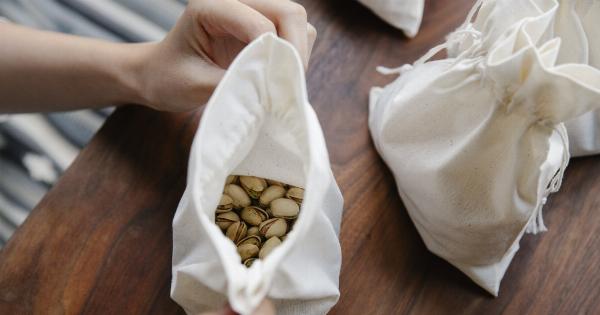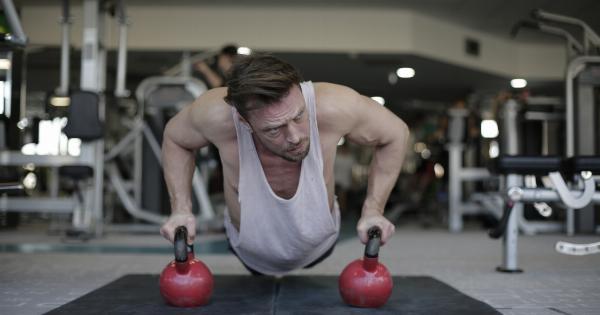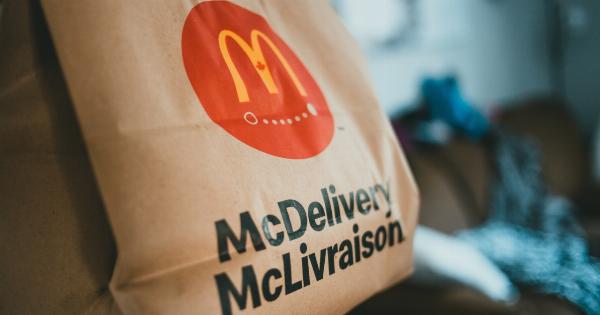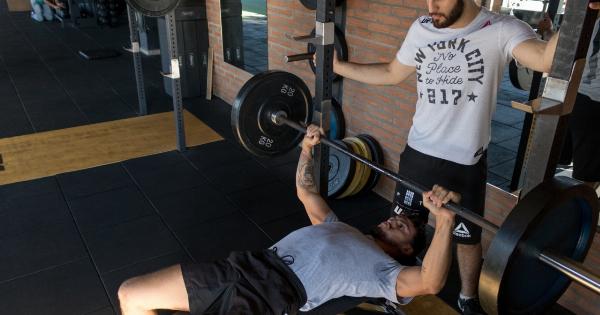Strength training is one of the most effective ways to improve your overall physical health.
It’s not just about building muscle, but also improving bone density, enhancing balance, and reducing the risk of chronic diseases like diabetes, obesity, and heart disease. One popular term in strength training is “hypertrophy,” which refers to the enlargement of muscle fibers due to an increase in their size and number.
Hypertrophy is what most people strive for when they want to build strength and muscle mass.
But did you know that there are different types of hypertrophy that affect your results differently? One of the best hypertrophy types for strength is red hypertrophy, and in this article, we’ll explore what it is and how it can help you reach your strength potential.
What is Red Hypertrophy?
Hypertrophy occurs when your muscle fibers experience progressive overload, meaning that they are subjected to a higher level of tension than they are used to during exercise.
This overload prompts the muscle fibers to adapt and grow stronger, which leads to an increase in muscle size and strength. But there are two types of hypertrophy that can occur: sarcoplasmic hypertrophy and myofibrillar hypertrophy.
Sarcoplasmic hypertrophy refers to the increase in the fluid-filled sacs within muscle fibers called sarcoplasm.
This type of hypertrophy is associated with bodybuilders and can give the appearance of bigger muscles without necessarily increasing strength. On the other hand, myofibrillar hypertrophy refers to the increase in the contractile fibers within muscle fibers called myofibrils. This type of hypertrophy is associated with strength training and can increase muscle size and strength simultaneously.
Red hypertrophy specifically refers to the increase in myofibril density and size, particularly the slow-twitch muscle fibers, which are also called “red fibers” due to their high myoglobin content.
These fibers are responsible for longer endurance activities, such as distance running and cycling. By increasing the size and number of these fibers, red hypertrophy enhances your capacity for sustained effort, allowing you to perform at a higher intensity for a longer duration of time.
The result is increased muscular endurance and overall work capacity, which can translate to better performance in sports or daily activities, as well as better calorie burning during workouts.
How to Achieve Red Hypertrophy
To achieve red hypertrophy, you need to focus on several key training principles:.
: Progressive Overload
As mentioned earlier, hypertrophy is a result of progressive overload. This means that you need to gradually increase your training volume (weight lifted, sets, and reps) over time to continue stimulating muscle growth.
This is why it’s important to have a structured strength training plan that allows for progressive overload and variation in exercises.
: Compound Movement
Compound movements are exercises that involve multiple muscle groups and joints and allow for heavier loads to be lifted. Examples of compound movements include squats, deadlifts, bench press, and pull-ups.
These exercises require more muscle activation and can lead to greater hypertrophy stimulation, especially in the slower-twitch muscle fibers, which is ideal for red hypertrophy.
: Recovery
Stress on your muscles during workouts is what stimulates hypertrophy. However, the actual growth and adaptation occur during recovery. This is when the muscles repair themselves and grow stronger.
Therefore, proper sleep, nutrition, and rest days are necessary for achieving red hypertrophy.
Benefits of Red Hypertrophy
Aside from improving muscular endurance and work capacity, there are several other benefits to striving for red hypertrophy:.
: Reduced Injury Risk
By increasing the density and size of your muscle fibers, your overall strength capacity is increased. This means you are less likely to suffer from muscle-related injuries, such as strains, tears, or pulls, during exercise or daily activities.
: Improved Metabolic Rate
Red hypertrophy requires greater demand of energy in comparison to sarcoplasmic hypertrophy.
Therefore, greater emphasis on red hypertrophy training can lead to better calorie burning during and after exercise, resulting in better fat loss and improved metabolic rate.
: Better Body Composition
Red hypertrophy tends to produce less “bulky” muscle mass than sarcoplasmic hypertrophy; this means that it can be achieved without the increase in overall body mass that may result from other forms of hypertrophy.
This allows for a leaner and more aesthetically pleasing physique.
Conclusion
Red hypertrophy is an ideal way to build strength and endurance. The benefits of red hypertrophy can be achieved through a consistent training program that focuses on progressive overload, compound movements, and proper recovery.
Red hypertrophy can lead to improved overall performance, body composition, and metabolic rate.






























